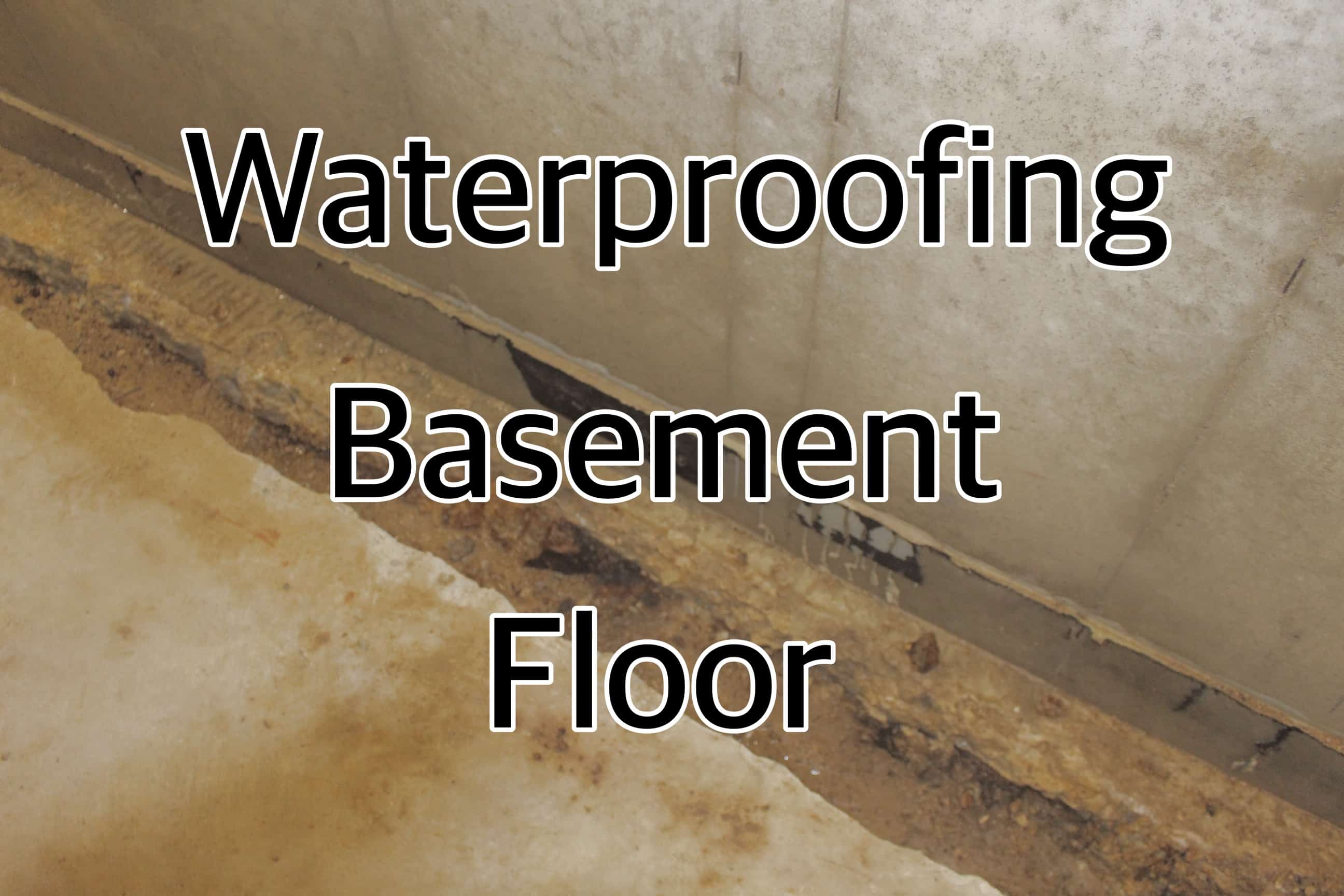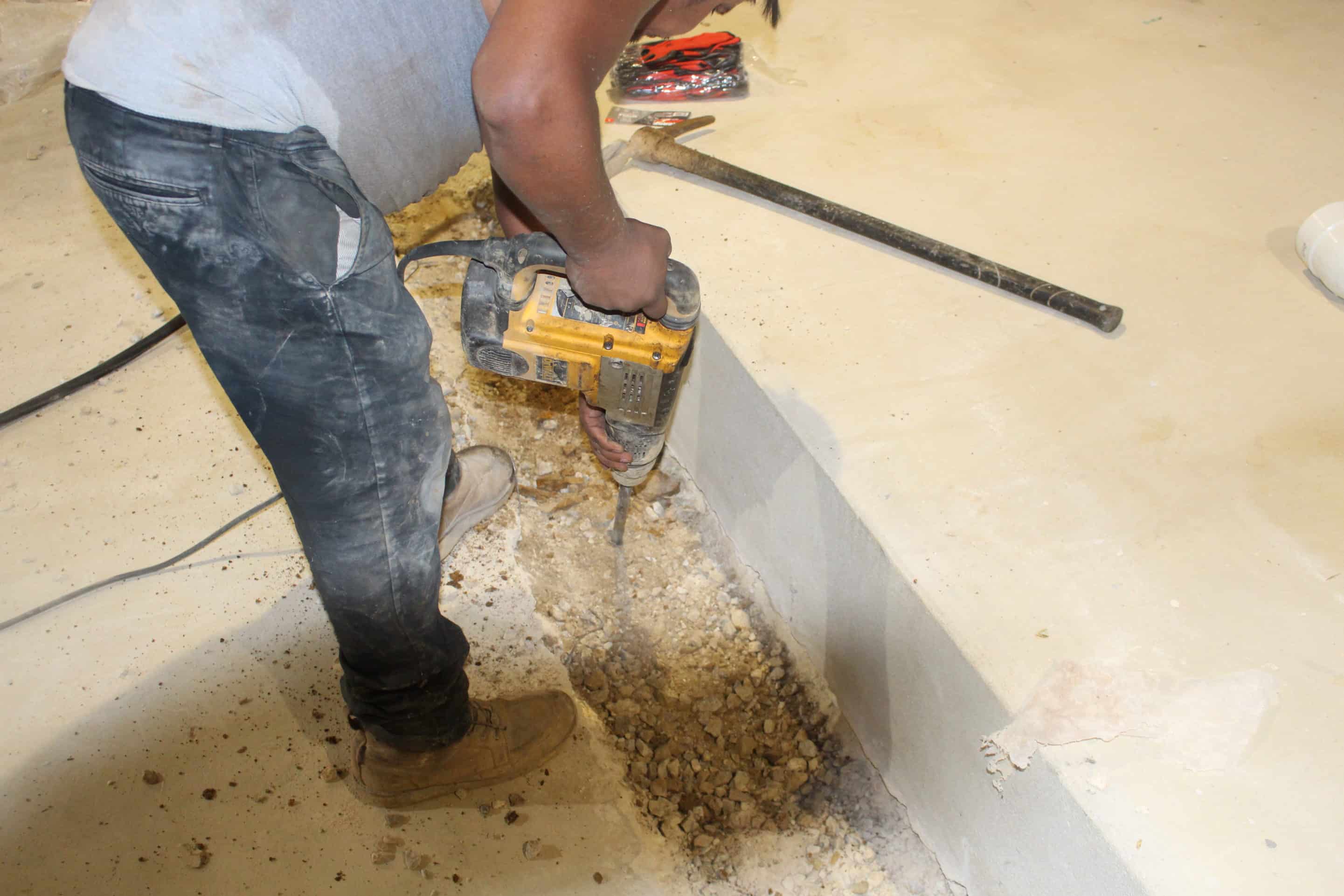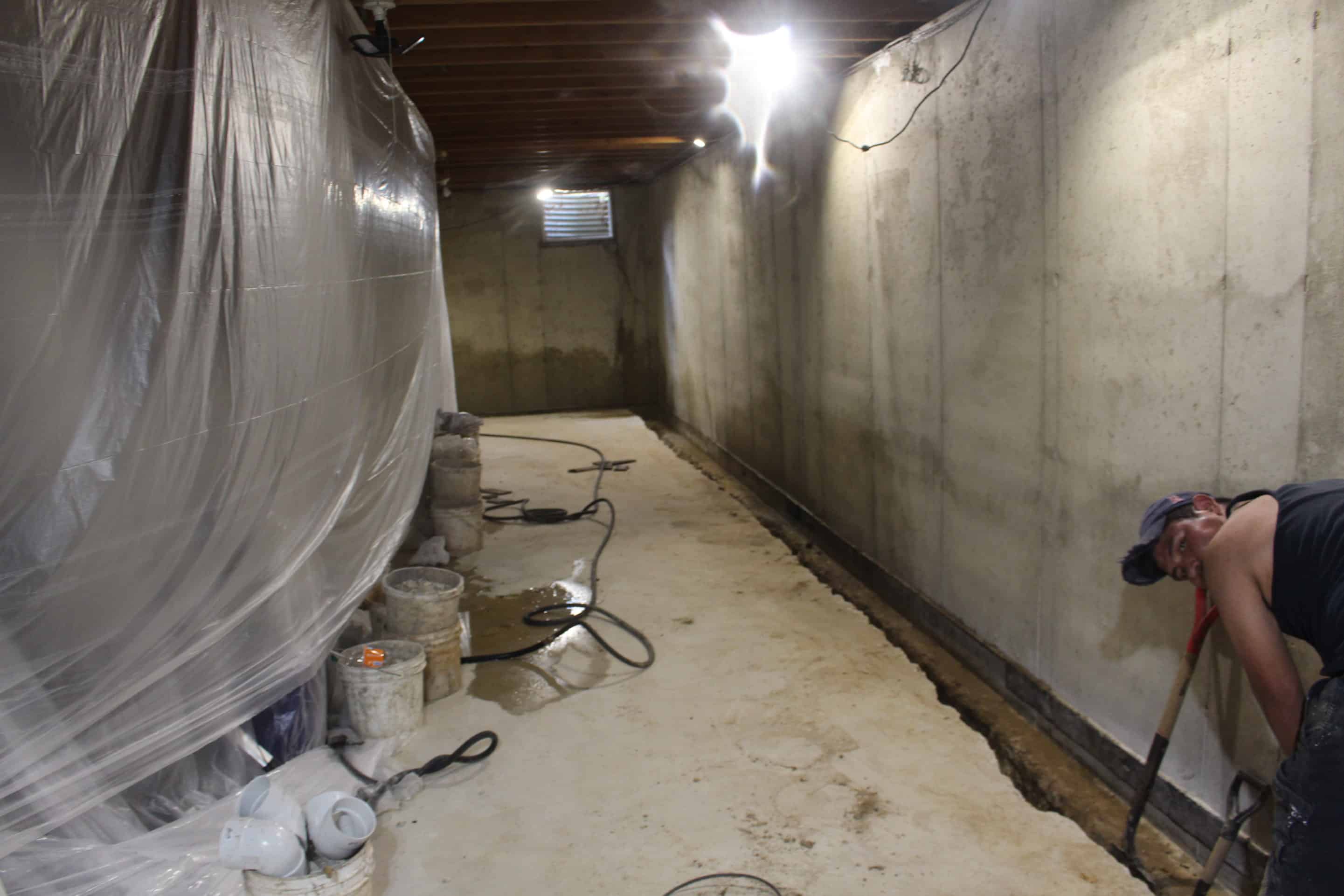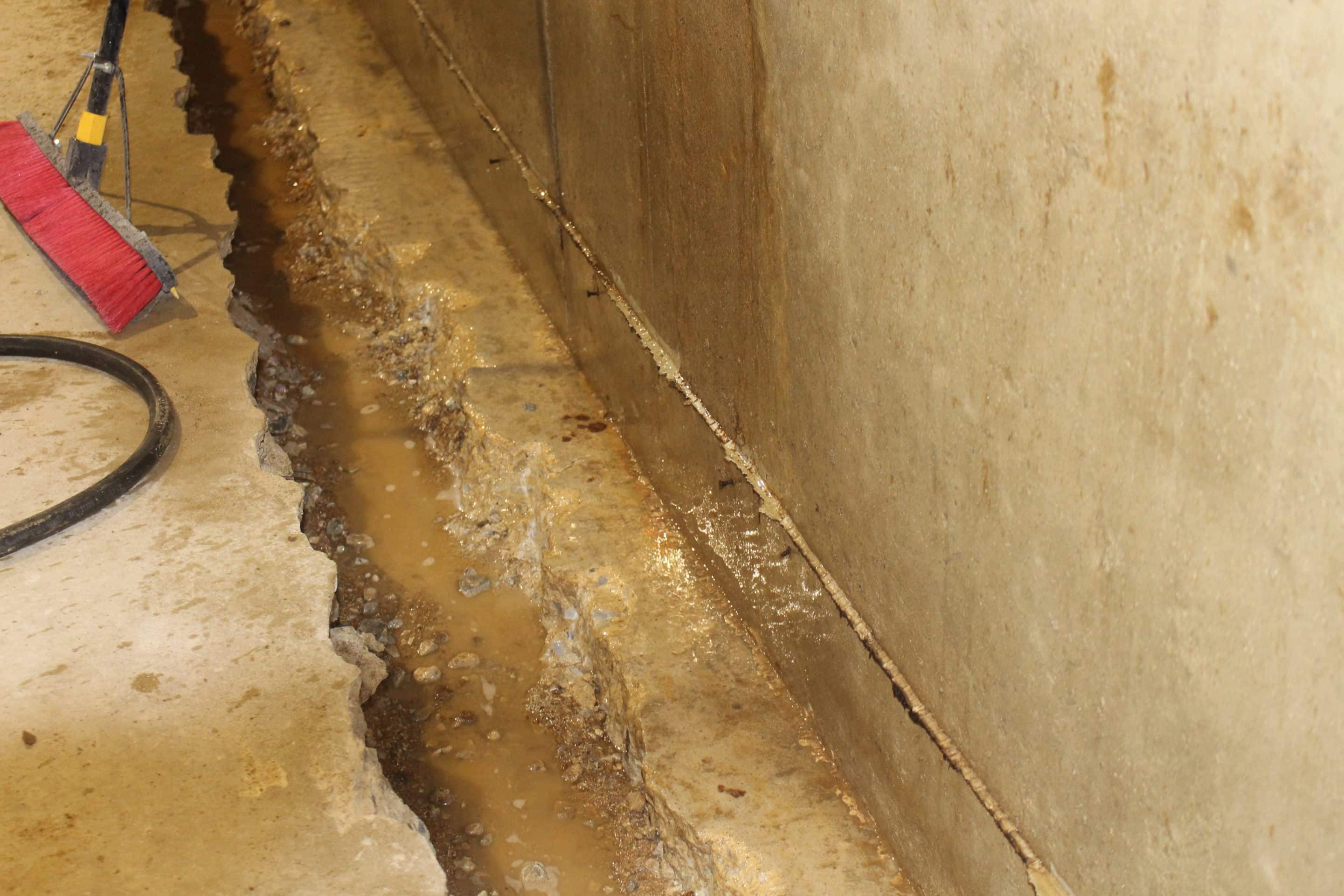
Waterproofing a basement floor is no small task. But with the right strategy, homeowners can protect their basements from water intrusion and moisture damage, maintaining a dry basement conducive for use.
First Step
The first step to waterproof basement flooring is to assess the condition of the concrete floor. It’s not uncommon to find cracks in concrete slabs of the basement floor, resulting from the foundation settling over time, high water table, or hydrostatic pressure pushing against the basement walls and floor.
If the basement floor is new concrete, a concrete sealer can be used directly after an appropriate curing period. For older floors with visible cracks, they should be filled in with a waterproofing product that is specifically designed for such tasks. Muriatic acid can be used to etch the surface of the concrete, enabling the sealer to bond better with the floor.
Concrete Sealer
Concrete sealer plays a pivotal role in moisture management and ensuring a waterproof basement. Typically applied in two coats, the sealer penetrates into the pores of the concrete, creating a waterproof barrier that prevents moisture from seeping up through the floor. This is particularly crucial in damp basements and other areas where water seepage is a common issue.

Vapor Barrier
In addition to sealing the concrete floor, homeowners should also consider installing a vapor barrier. This plastic or foil sheeting is installed over the concrete floor before installing the basement sub-flooring. It serves as an additional protective layer that keeps moisture from reaching the flooring surface.

Inspection
A waterproof basement is more than just sealed floors and walls. One should consider a comprehensive basement waterproofing inspection by Basement Waterproofing Scientists. This includes checking the condition of cinder blocks or concrete foundation walls for any signs of water seeping. Waterproofing products can be used to seal cracks and joints on walls, ensuring they’re resistant to water damage. The wall-floor joint, known as the cove joint, is a common area for leaks and should be given special attention.
Waterproofing Solutions
While interior waterproofing is essential, homeowners should not neglect the exterior. Water seepage can often originate from outside the house, so it’s essential to manage water at the source. A well-installed drainage system, featuring components like a sump pump and perforated pipe, is crucial. The system channels water away from the foundation walls, reducing hydrostatic pressure.
A footing drain can be installed outside the house, especially for homes with a crawl space or a high water table. This drain works by collecting water from the ground and rerouting it away from the house, preventing it from reaching the basement floors.

Basement Flooring
Basement flooring options for waterproofing are numerous. From waterproof tiles to specially designed waterproof basement flooring, homeowners have a range of flooring options to choose from, each offering different levels of protection, durability, and aesthetic appeal. It’s important to choose a type of flooring that is resistant to water damage, easy to clean, and suitable for the intended use of the basement, be it a finished basement, a storage area, or a living space.
When considering basement waterproofing, it’s crucial to remember that no single solution is universally effective. What works best is a combination of various techniques and products, from concrete sealers and vapor barriers to sump pumps and drainage systems. It’s also essential to regularly inspect your basement floors and walls for signs of moisture, mold spores, or water damage, and address them promptly. This proactive approach can help maintain a dry, usable basement and prevent costly moisture-related damage in the long term.
A waterproof basement is an investment in the health, safety, and value of your home. Although it might seem costly initially, the long-term benefits of avoiding water damage, mold growth, and maintaining a dry, useable basement space make it a cost-effective choice for most homeowners.

